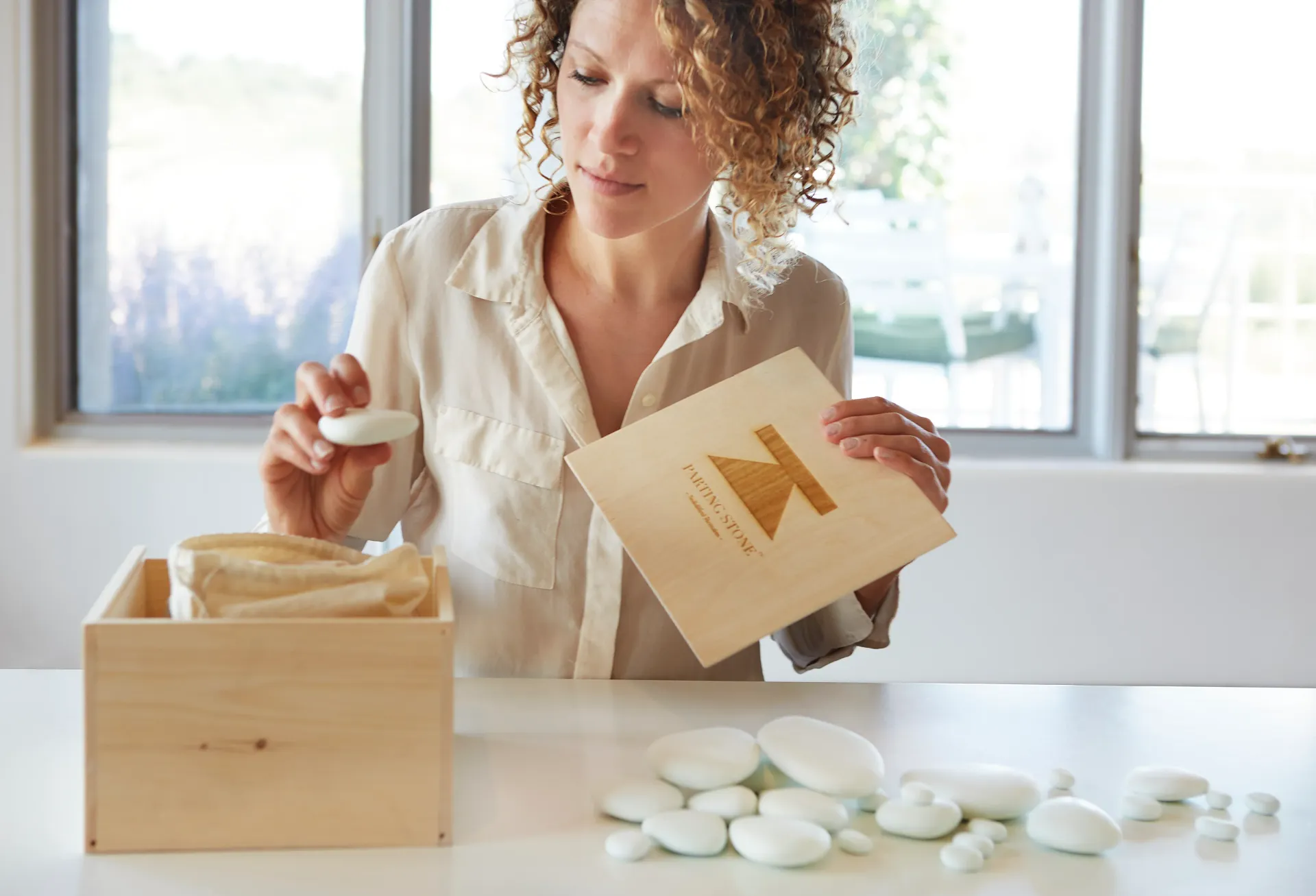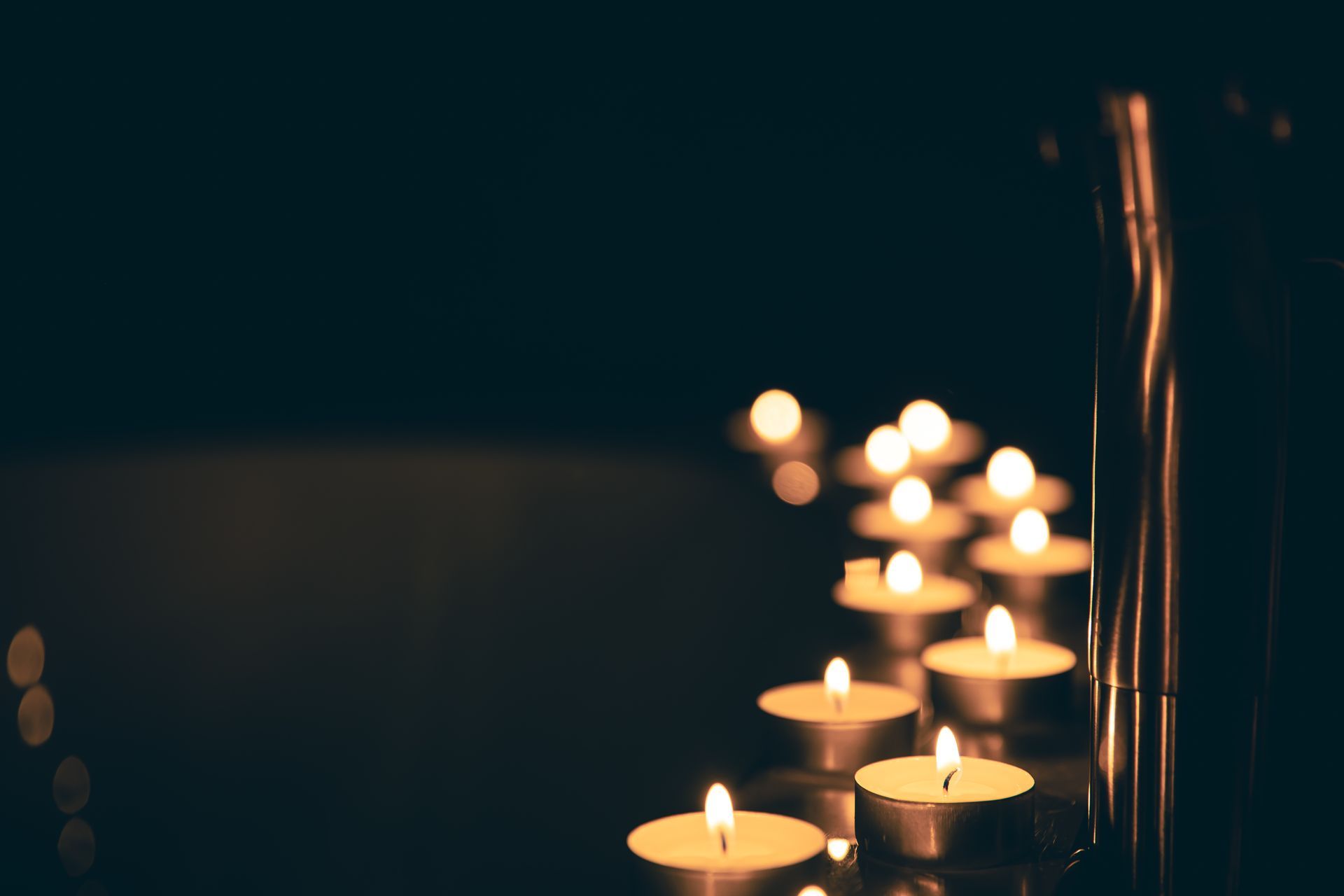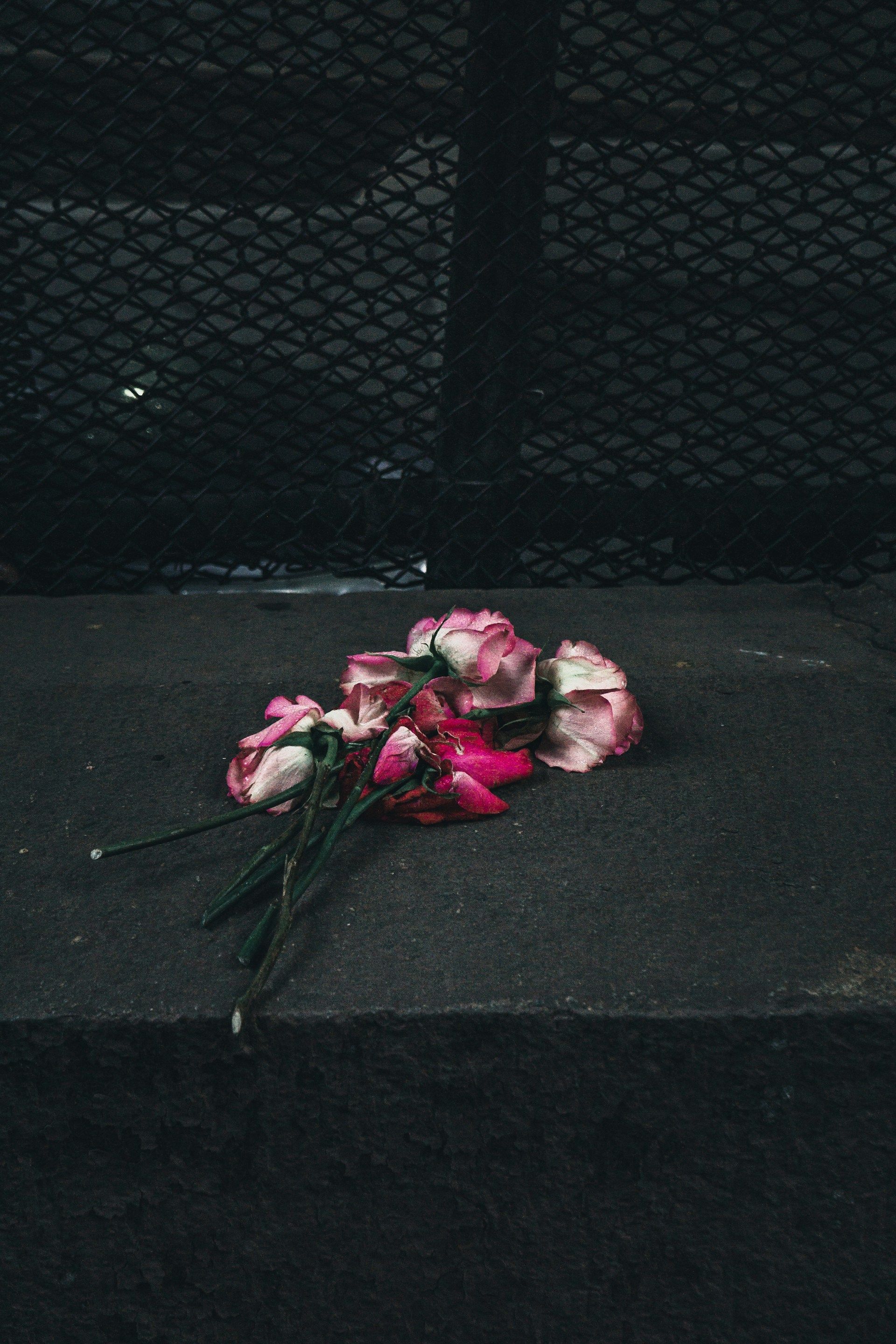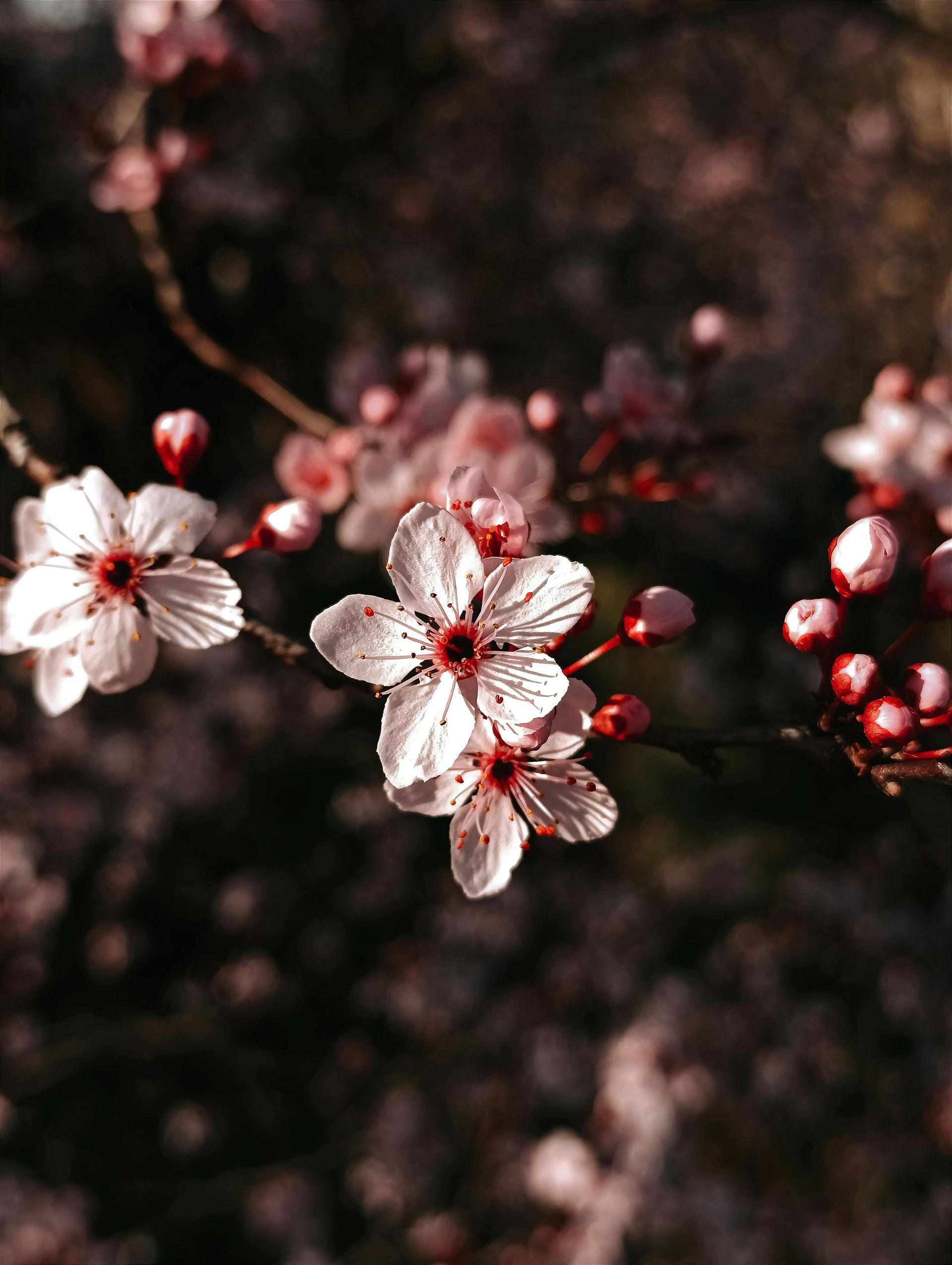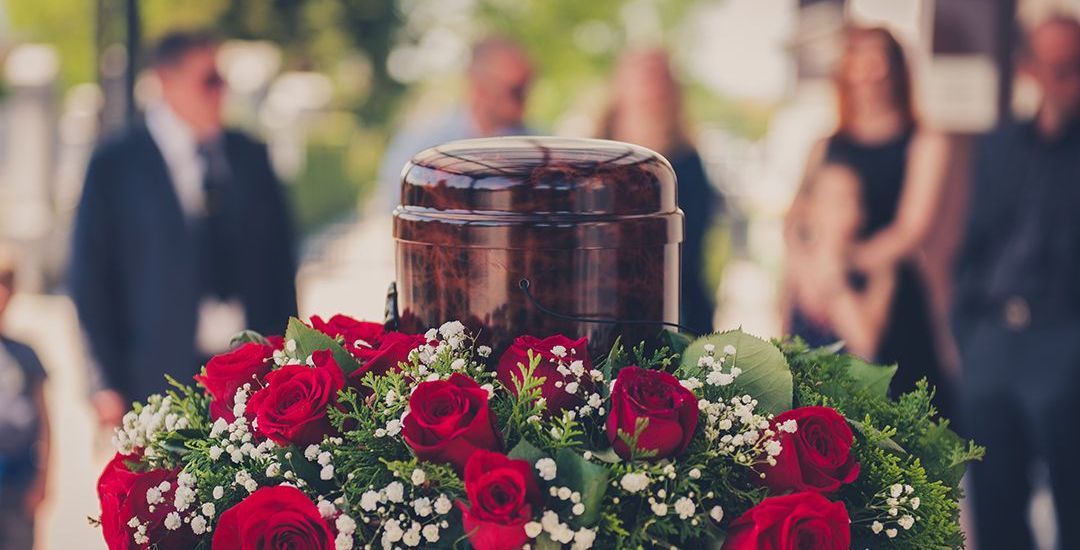What Do I Do with Flowers from a Funeral?
September 15, 2019Giving flowers at a funeral is a time-honored tradition of expressing sympathy to the family of a deceased loved one. The use of funeral flowers is a way to both remember a loved one and to beautify the funeral service. But what do you do with the funeral flowers after the service? Instead of throwing them away, here are a few ideas on how to repurpose those lovely floral arrangements sent as expressions of sympathy and love.
Photo credit : PaylessImages/123RF.com
Many families choose to have a reception following the funeral service and that’s a good place to bring the funeral flowers. The arrangements can become centerpieces on luncheon tables or scattered about a home to uplift the spirits of friends and family while they visit.
But once the guests have gone or you choose not to have a reception, what else can be done with all the flowers from a funeral?
Make a Donation
You can lift someone else’s spirits by donating the flowers to a church, retirement home, or hospice facility. It’s a good idea to call ahead of time and find out if the facility you have in mind would be able to accept the donation.
Before dropping off the arrangements, be sure to remove any note cards or condolences that indicate that the flowers were originally intended for a funeral. These are meant to uplift the recipients and should be free from any expressions of sympathy.
You can also ask your funeral director if the flowers can be used for someone else’s funeral service. This type of donation can bring comfort to those grieving the loss of a loved one, especially for any funeral or memorial that might not receive flowers otherwise.
Preserve Them
You can create memorial keepsakes with the funeral flowers, either by pressing them or photographing them. Using the petals or even whole flowers, you can craft beautiful memorial keepsakes, such as collages, jewelry, or bookmarks in honor of your loved one. Photographs of the floral arrangements can be collected in albums, made into a collage with the condolence cards or framed to be hung on the wall or displayed on a tabletop.
This is a project in which the whole family can participate, including children, and can be a powerfully healing and bonding experience for everyone. Crafting together provides an opportunity to tell stories about your loved one and start processing the grief of losing them.
How to Press Funeral Flowers
Preserving your funeral flowers is an easy process if you follow these simple steps:
- Take a flower and place it on a piece of paper exactly the way you want to preserve it. It’s best to use fresh flowers, which are much more flexible during this step.
- Once you have it set the way that you want, put another piece of paper on top of it.
- Take a heavy book and place it on top of the paper and flower sandwich.
- Keep the book on the flower for a few days until the flower is crispy dry.
- You can accelerate the process by putting the paper, flower, and book in the microwave for a few seconds at a time. Check it often so that you don’t overheat it, which could ruin the flowers.
Once the flowers are pressed, they can be:
- Made into jewelry: Crush the petals into polymer clay and roll into beads. You can wear them close to your heart in a necklace or around your wrist in a bracelet. For more detailed directions, see How to Make Beads out of Funeral Flowers
- Framed with a Quote: Paste a poem, quote, condolence card, or a photo of the deceased on a larger piece of paper and place the pressed flowers around it. Put it in a frame and hang it on your wall or give as a gift to a family member or friend.
- Used as a Bookmark: Glue the pressed flowers on a strip of paper and laminate it for a bookmark. You can also add a poem, quote, or small photo of the deceased as in the framed project.
- Hung as an Ornament: What a wonderful way to remember your loved one during the holidays by making an ornament. Buy acrylic matte medium at a craft store and use it to glue and preserve the pressed flowers on a glass ornament.
- Turned into Refrigerator Magnets: You can either buy special magnets that have a pocket to hold the pressed flowers or you can buy any magnet and then laminate the pressed flowers onto it with the matte medium.
- Pressed into paper: With a few items of special equipment, you can make your own floral paper. The process is fairly quick and simple, and the result is striking. For more detailed instructions, see How to Make Paper with Pressed Flowers
Having to think about what to do with the flowers following a funeral can feel overwhelming after taking care of so many other details. Remember, you can always reach out to your funeral director who can make suggestions on where to donate them or assist you with the flowers once the funeral service is over.


